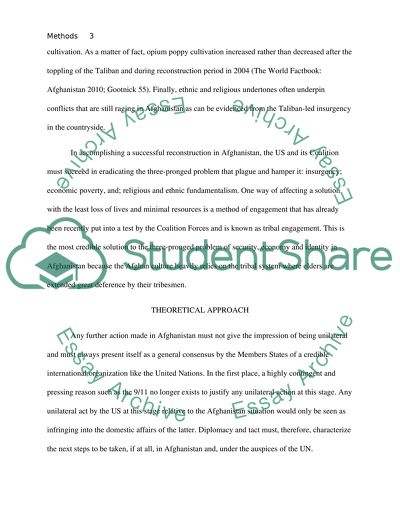Cite this document
(Tribal Engagement in Afghanistan Case Study Example | Topics and Well Written Essays - 2452 words, n.d.)
Tribal Engagement in Afghanistan Case Study Example | Topics and Well Written Essays - 2452 words. Retrieved from https://studentshare.org/politics/1568199-methods-of-engagement-in-afghanistan
Tribal Engagement in Afghanistan Case Study Example | Topics and Well Written Essays - 2452 words. Retrieved from https://studentshare.org/politics/1568199-methods-of-engagement-in-afghanistan
(Tribal Engagement in Afghanistan Case Study Example | Topics and Well Written Essays - 2452 Words)
Tribal Engagement in Afghanistan Case Study Example | Topics and Well Written Essays - 2452 Words. https://studentshare.org/politics/1568199-methods-of-engagement-in-afghanistan.
Tribal Engagement in Afghanistan Case Study Example | Topics and Well Written Essays - 2452 Words. https://studentshare.org/politics/1568199-methods-of-engagement-in-afghanistan.
“Tribal Engagement in Afghanistan Case Study Example | Topics and Well Written Essays - 2452 Words”, n.d. https://studentshare.org/politics/1568199-methods-of-engagement-in-afghanistan.


